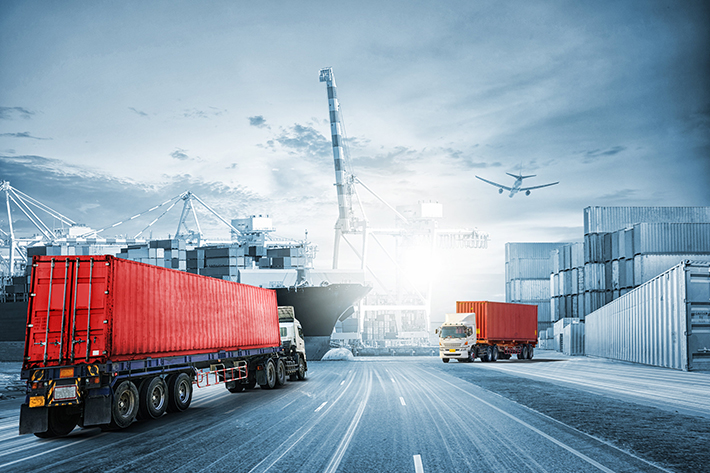Shipping goods across borders may seem daunting if you are new to international trade. Complex regulations, multiple transportation modes, and countless documents are involved in getting products from one country to another safely and efficiently. Fortunately, freight forwarding exists to help businesses of all sizes navigate this process with confidence. Whether you are an established company expanding into new markets or a small business fulfilling overseas orders for the first time, understanding the basics of freight forwarding can save time, reduce costs, and prevent avoidable mistakes.
What Is Freight Forwarding?
Freight Forwarding is the practice of arranging and coordinating the transport of goods on behalf of shippers. Freight forwarders are logistics experts who act as intermediaries between you and the many parties involved in global shipping, including carriers, customs authorities, and warehouses. Companies like Synergy Freight Management handle everything from booking cargo space and managing paperwork to ensuring compliance with regulations and overseeing the final delivery. By working with a reliable freight forwarder, businesses can simplify their supply chains and focus on what they do best.
How the Freight Forwarding Process Works
While each shipment is unique, the freight forwarding process generally follows a series of structured steps. Here’s a simple breakdown:
1. Export Haulage
The first step involves moving your goods from their point of origin—such as your warehouse or factory—to the freight forwarder’s facility or directly to the port or airport. This local transportation is called export haulage. The freight forwarder arranges the pick-up and ensures that the cargo is properly packed and labeled for international transit.
2. Export Customs Clearance
Before leaving the country, shipments must clear export customs. Your freight forwarder or a customs broker will prepare and submit all necessary documents, including commercial invoices, export declarations, and certificates of origin. Once customs authorities review and approve the paperwork, the shipment is cleared for export.
3. Origin Handling
At this stage, the freight forwarder receives the cargo, inspects it for accuracy and damage, consolidates it with other shipments if needed, and loads it onto the primary mode of transport. Origin handling ensures everything is prepared correctly to avoid delays or complications further along the route.
4. International Transportation
This is the phase when your goods are transported between countries. Depending on the shipment’s urgency, cost considerations, and volume, transportation can take place by sea, air, rail, or a combination of these methods. For example, air freight is faster but more expensive, while sea freight is ideal for large volumes and cost efficiency.
During this stage, your freight forwarder tracks the shipment and provides updates so you know where your goods are at all times.
5. Import Customs Clearance
Upon arrival at the destination country, your goods must pass through import customs. This process is similar to export clearance but follows the laws of the destination country. Duties, taxes, and inspections may apply. Your freight forwarder ensures all documents are in order to avoid delays or fines.
6. Destination Handling
Once customs clearance is complete, the freight forwarder coordinates unloading and handling at the destination port or airport. Goods are checked, sorted, and prepared for final delivery.
7. Import Haulage
The final step is import haulage, which involves transporting the goods from the destination handling facility to the consignee’s premises or another final delivery point. This stage completes the international shipping journey.
Benefits of Using a Freight Forwarder
For beginners, the benefits of working with a freight forwarder are substantial:
- Simplified Process: Forwarders handle the details, allowing you to avoid the steep learning curve of international logistics.
- Compliance: They ensure all regulations, documentation, and licensing requirements are met.
- Cost Savings: By consolidating shipments and negotiating better rates, freight forwarders can help reduce your shipping expenses.
- Visibility and Tracking: You get clear updates and tracking information for better planning.
- Reduced Risk: Insurance options and professional handling protect your cargo from damage or loss.
Tips for Getting Started
If you’re considering your first international shipment, here are some quick tips:
- Plan ahead to avoid last-minute delays.
- Gather and review all required documents early.
- Be clear about shipping terms, responsibilities, and costs.
- Choose an experienced freight forwarder who understands your business and industry.
Conclusion
Freight forwarding is an invaluable service for any business engaged in global trade. By understanding the process and partnering with a knowledgeable freight forwarder, you can simplify international shipping, minimize risks, and deliver your products to customers around the world with ease. Whether you are shipping your first container or scaling up operations, the right freight forwarding partner makes all the difference.

